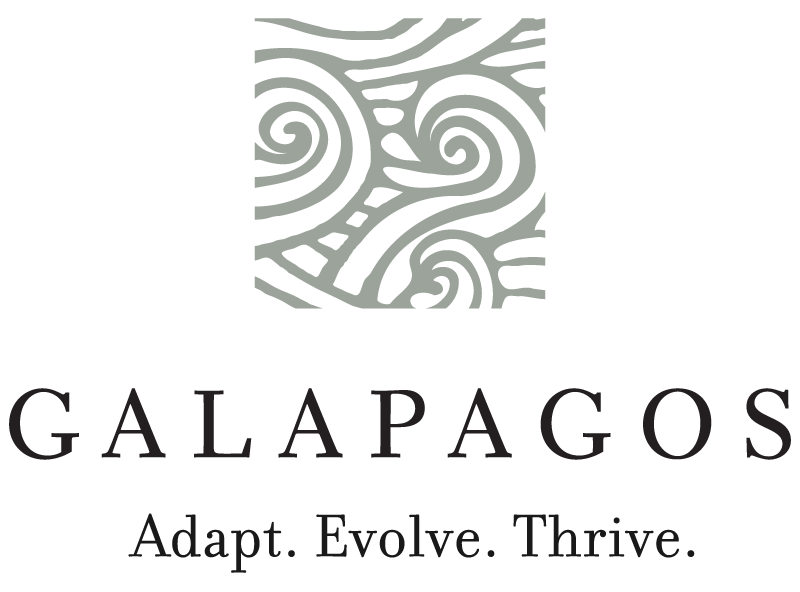As a first step, it’s a good thing to look at what social media channels you’re using, how you’re using them and if they can be of assistance to help you with your business goals. I’m of the belief that not everything needs to be a venue to sell (surely you each have someone in your Facebook timeline right now who is constantly talking about that ONE THING that they sell – and every post from them is about how great that thing is and why you should buy in). Using social media like that alienates your connections and is a surefire way to get you unfriended (or, if your friends are more conflict avoidant, they’ll merely hide you from their news feed so they never see anything you post – without actually having to pull that trigger and unfriend you).
Your efforts should be measured and balanced – and from a professional standpoint, you should start by directing your focus towards one platform: LinkedIn.
(That’s not to say you should never post about what you do or seek referrals on Facebook – but feel free to keep that personal channel mostly personal! There will be more about Facebook to come next time!)
Why LinkedIn?
Because LinkedIn is primarily a business/networking social media platform, people are more receptive to your messages here. LinkedIn is not only a great tool to network with your colleagues, it’s a fantastic venue to read up on a prospect you wish to call on, or someone you’ll be meeting, prior to your meeting. A quick scan of someone’s profile gives you a chance to do a bit of sleuthing prior to your meeting – do you have any connections in common? Interests? Did you go to the same school?
The things you post on LinkedIn will show up in the feed of those you are connected with – you have a chance to post content that positions you as being up-to-date on what’s going on in the industry. The things you like on LinkedIn will also show up in the feeds of your connections (so don’t hesitate to “Like” posts from your organization’s LinkedIn page, or your teammates!). You’re all probably reading some fantastic industry specific news – don’t be afraid to share those articles with a little blurb – especially if that article relates to something that you can provide, or guidance you can offer.
Example – President Obama announced in January 2015 that FHA would drop the mortgage insurance rate. It would have been reasonable to post a link to that article with commentary – perhaps something along the lines of: “This is great news if you have an FHA loan – because it means that refinancing now allows you not only to take advantage of current low mortgage rates, but the drop in mortgage insurance rate as well!”
If you haven’t looked at LinkedIn in awhile, dust it off. Your efforts need not dwarf the efforts you spend with your existing clients or following up on leads received through your website – once your LinkedIn profile is polished and updated, you can get away with spending as little as 15 minutes a week there.
What you need on your LinkedIn profile:
- A professional looking profile photograph – does it have to be a stern, personality-void headshot? No. It’s okay if your photo conveys who you are – however, this is probably not that venue for a picture of you with your kids and certainly not the place for that selfie you took in a restroom mirror.
- A title that is representative of what you do – this is one of the most prominent fields when someone clicks on your profile, just below your name – and is one of the top-level categories when searching on LinkedIn. (Example of a great title: Senior Mortgage Loan Officer with your organization).
- Summary – Who are you and what do you do? This summary is your chance to describe your current focus – be specific! Instead of saying “mortgages” – add detail – do you like to work with first time homebuyers? Do you really love to work on refinances or FHA loans? The more specific detail, the better – because it helps create that bigger picture of what you do for someone browsing or searching LinkedIn.
- Experience – While it’d be ideal to have your profile complete with all of your work history, for starters, just make sure your current role is there and complete. Ultimately, you’ll want this to be as complete as possible – but Rome wasn’t built in a day.
- Skills & Endorsements – This calls for you to once again name your key areas of focus. In this section, you can select up to 50 skills and areas of expertise to note on your profile. These are the things that will pop up on LinkedIn for your connections to endorse you. (Yes, the endorsing thing is strange in that people who have no real knowledge of just how good you are at xyz can endorse you for that very skill!) Here you have the opportunity to once again shine the spotlight on WHAT YOU DO BEST.


